Feeling good in your clothes is all about undergarments. As we all know, we have to put on undergarments every day of our lives. An undergarment is basically the first layer that you put on before your clothes. It’s something that makes us feel good and feels comfortable. So, to stay confident and to look right, undergarments are super important for everyone.
Here we will be talking about various types of Victorian undergarments. This will help you achieve knowledge about historical undergarments from the Victorian Era. No dress is complete without an undergarment. One layer is always needed to go underneath the clothes.
For centuries, people used to wear these both to protect the skin as well as to protect the not so easily washable layers from contact with the body. However, with industrialization, many things have changed. We start to see the introduction of new undergarments. And maybe you can develop your ideas as well.
So, before criticizing or arguing, let’s get the facts straight.
Click here to pick an item of victorian fashion for you!
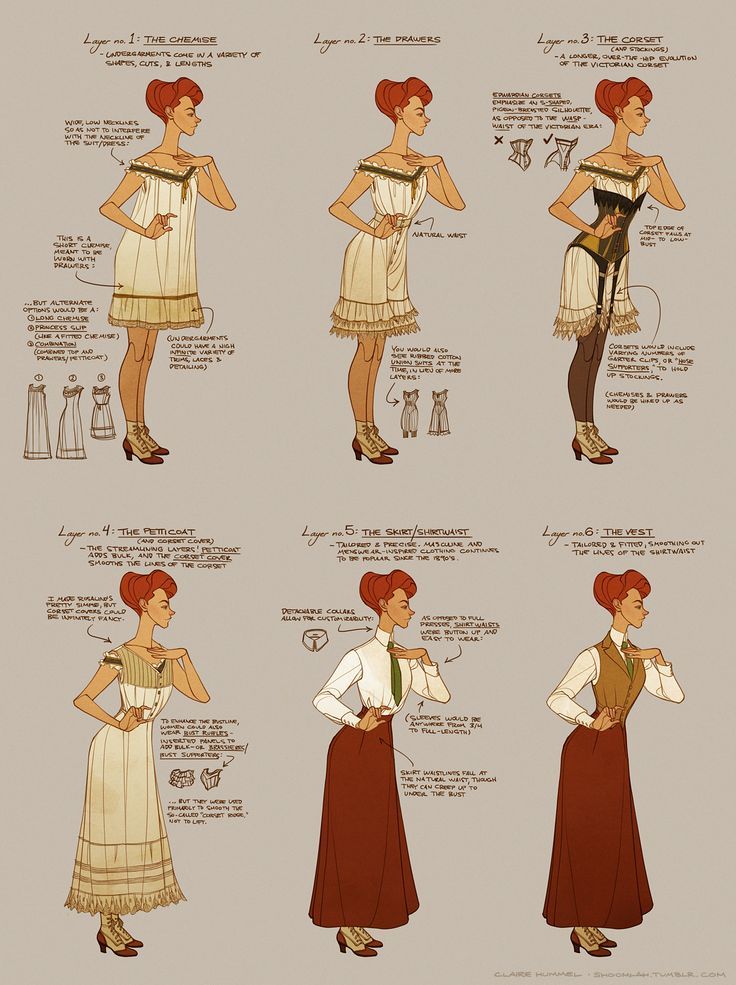
Victorian Undergarments History
As we know the Victorian era- the 63-year period was from 1837- 1900. From the early Victorian period to the 1870s, we got a sudden change in the undergarments section. Growing the end of the civil war and a sense of modernity saw the shift to one that was more practical. The way they clothe themselves by undergarments has changed dramatically. There have been many theories ranging from African imperialism to sexuality and from abolition to industrial design.
The undergarments in Victorian times used to be very different than now. In fact, most of the undergarments are quite the opposite. During the 1860s and 1880s, the undergarments became shorter, well-shaped to the figure. Before the invention of cage clothes, women used to cover their bodies with dozens of layers of undergarments. While talking about female undergarments, we can’t ignore the male undergarments. Men also used to wear some undergarments under their trousers and frock coat. But men used to wear loose-fitting undergarments for their comfort.
During the Victorian era, women wore huge amounts of underwear. The essential items were chemise, petticoats, and bloomers. Also, well-dressed men used to wear underwear, boxers, drawers, etc.
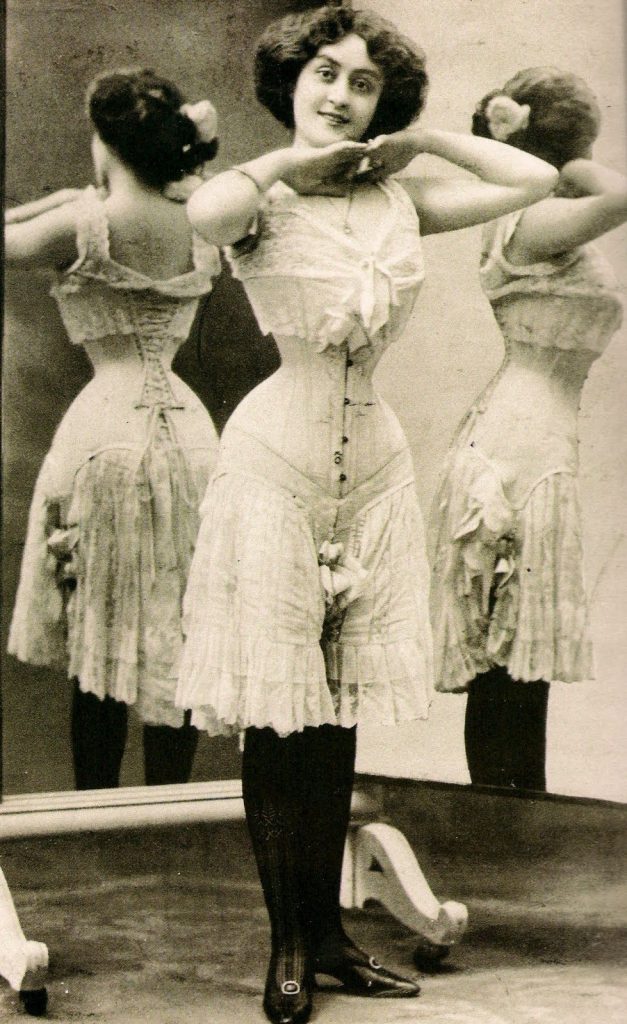
Victorian undergarments for women
Thinking of Victorian undergarments, the first thing that comes up your mind is women clothing, such as corsets, petticoats, pantaloons and chemise. Undergarments are underclothing and underclothing is separated into two sections-underlines and structural garments. Underlines are mostly for protecting your clothes from your body; on the other hand, structural garments are to give your body a perfect shape so that you feel comfortable and confident. They provide warmth, as well.
Drawers
In the early 19th century drawers were not that much popular. But there was the existence of it in the 1830s and 1840s. It proves that some women used to wear these. In the 1850s, it became necessary to wear drawers to get warm and due to the embarrassing incident. Early Victorian drawers were under the knee. Both legs were separate and joint together at the waist.
During the 1870s drawers were shortened up to the knee. Also, there was the use of knee bands to reduce fullness. The knee bands were known as knickers. In the late Victorian times, some drawers were wide-legged for comfort.
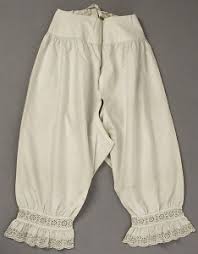
Chemise
The chemise was mainly for protecting the dress from the skin. It was basically used as an under layer of clothing. A chemise is something worn very next to the skin. It gave warmth to the body, as well. It was mainly short-sleeved sometimes, plain or puffed. It had a round or square neckline, and for evening or summer, the chemise was oval and low. The low-neck style became very popular by the 1860s. It was embroidered and often made of cotton.
During the 1870s the dress became shorter and sleeveless. Sometimes it was shaped to the waist, and the side looked very wide and open.
By the end of the era, the chemise became exceptionally designed simply, sleeveless with V-neck shoulders and around as well. However, it was gorgeously decorated with lace and embroidered nicely. The fabric was mostly cotton, linen and even sometimes silk. This style became extremely popular in the 20th century and still now.
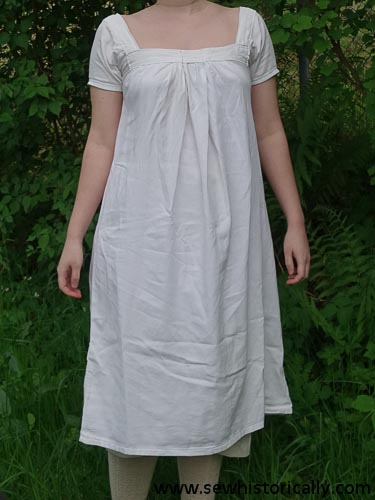
Petticoat
Petticoat was basically used under the skirt, frock or gown. The petticoat alternated both an underline and structural. It mainly provided warmth and protected the dress. By the time gowns or skirts grew wider, so were the petticoats.
Before the invention of the cage, Individual petticoats were worn at a time just to make that bell-shaped skirt. In general, it is thought that the number of petticoats was decreased to a maximum of two or three – one comparatively full one for under the skirt or frock.
Embellishing, dyed petticoats became extremely popular in the late Victorians. Skirts and petticoats were penetrated and trained. This type of petticoat needed to be stiff with some other fabric, so penetrated petticoats were often stiffened with horsehair.
So, the petticoat had become the eventual image of womanhood by the late Victorian period.
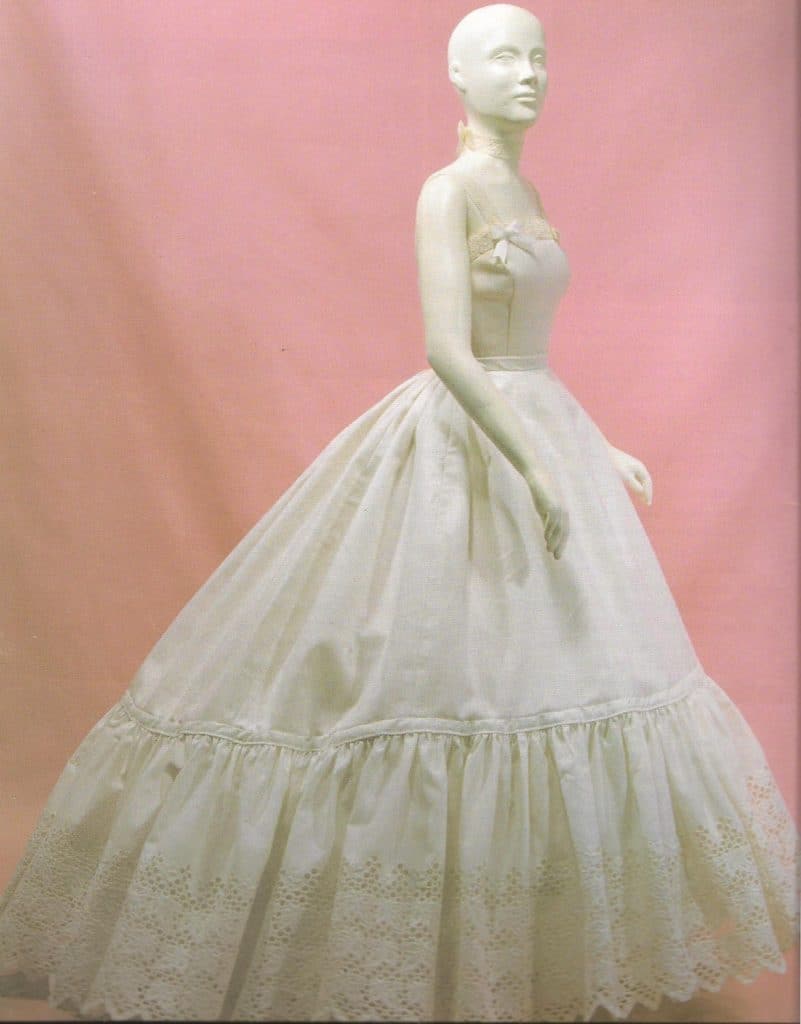
Bustle
Today we are looking at the layers forming a typical, fashionable second bustle era ensemble from about 1887. This was an era when the bustle was at its biggest forming a bizarre, shelf-like posterior. There were a variety of bustle cages used, fully covered by fabric, or open ones. It was made by a tape wrapped steel wire and cotton tape. Very light, very flexible, and the inside tapes regulate the size. Anyone could comfortably sit on it.
The size of the back could be regulated with an inside drawstring, fitting it to different size cages. However, a pleasant bustle was available in the 80s.
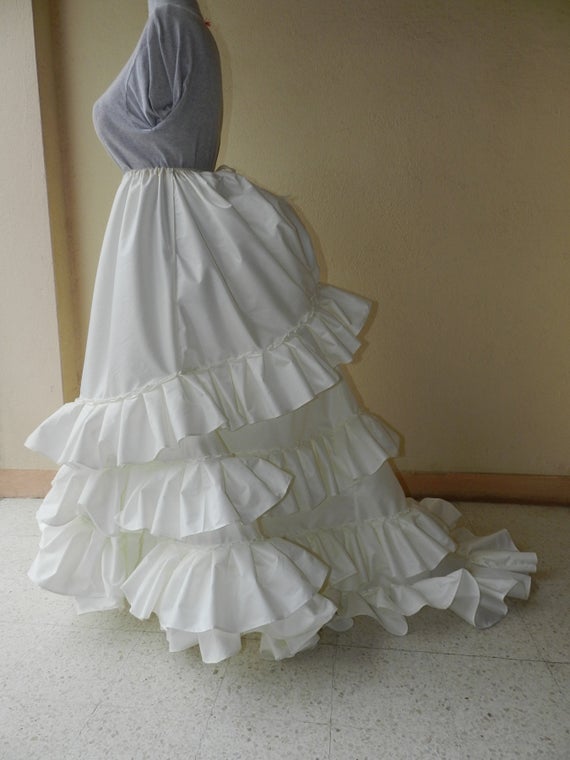
Corset
Part of being an ideal pictorial woman could not be possible without any of these. Whatever their physique, one of these came in handy. In fact, these were essential. The Victorian corset predates the bra. Its function was to support the chest and help take away to up to fourteen pounds of clothing.
It might look beautiful, but women were unwillingly paying a terrible price. In the 1860s and 70s corsets became extremely expensive. By the mid 19th century the ideal female form, which means the female corset form was everywhere, the newspapers, magazines.
These rebut cages were made of whalebone and steel. These seemed very tight. Its tight lacing was something that many people did to get the waist as small as they could.
During the 19th century, the corsets seemed to be worn inside the petticoat. The corset was basically to shape the Victorian women. Tight lacing and the corset were the most interesting subjects in the Victorian era.
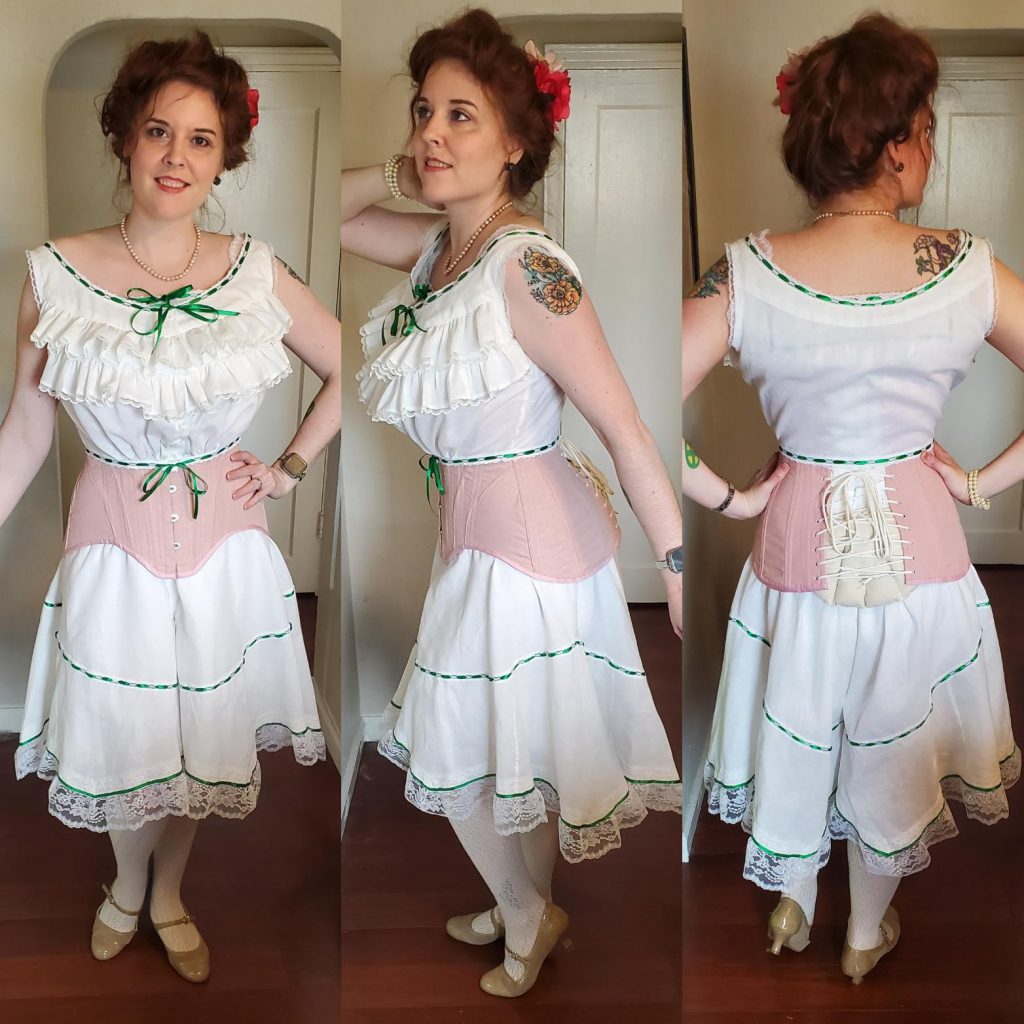
Victorian Undergarments Men’s
We always talk about women’s undergarments, now let’s have some knowledge about men’s undergarments. To our modern era, there was a little change in men’s undergarments over the Victorian century. In the 1890s men used to wear loosely fitted pajamas during sleep and by the end of the Victorian era pajamas were called night suits. In the late Victorian era, men’s undergarments were made in factories.
During the Victorian era, the wealthy Victorian men could easily afford the under clothing, but it was quite hard for the lower-class men. They usually wore cheap and straightforward undergarments. Often, they made the undergarments on their own.
Men’s undergarments were mainly boxers, briefs, boxer briefs, midway briefs, etc. They used to wear these under clothing. There was a fascinating history. However, the idea of the patterns and designs has changed over time.
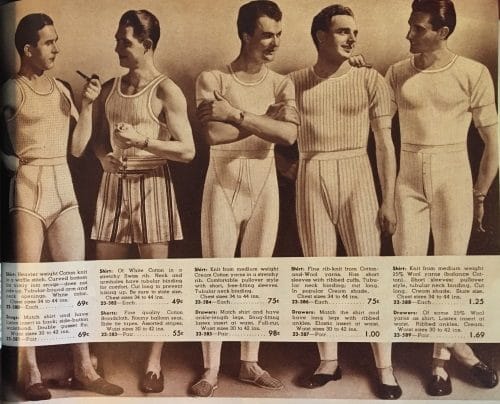
Boxers
Fashion might have changed but what people used to wear under the clothing remained almost the same. For men, it consisted mainly of underwear’s both long and short categories. Boxers were mostly in the long category.
It gave men warmth to the body and kept their pants protected from their skin. It’s mainly a simple piece of cloth or leather wrapped around the hips. Men wore beneath the outer clothes. Over time it became shorter and a little tight.
The most used fabrics for boxers were linen, polyester, bamboo and silk. All the fabrics were men made materials.
Briefs
It’s mainly one type of underwear that is much shorter than a boxer. In the Victorian era, men created briefs regarding their comfort. It helped them to maintain the proper shape of that area and also gave warmth.
Mostly they used cotton or silk-like fabric. Some commonly used underwear materials were cotton, bamboo, modal, polyester, tactile. Some of them were self-made fibre.
Boxer briefs
According to their lifestyle and comfort zone, Victorians came up with these boxer briefs. It was a combination of boxers and briefs. They seemed to wear these under their work clothes or suits.
During the 1880s to ’90s, boxer briefs became more elaborate than the early Victorian times. By the late 19’th century boxer briefs set off very popular among the Victorians.
As you can see, there isn’t much difference in fashion for men. They seem almost the same.
Conclusion
Here we have brought the essential details of Victorian undergarments of both men and women. Also, we tried to go through the undergarment history of the Victorian era so you can have a better understanding of how much undergarments fashion has changed during the past few years over the world.
It is clear that the fashion sense of undergarments got the most evolution in fashion from the 19th century to the 21st. Especially women’s undergarments have taken a big leap. This article is to give you information about the undergarments section of the Victorian era. Hope you get a clear vision of it.

